The clash of strategic narratives in the Russo-Ukrainian war
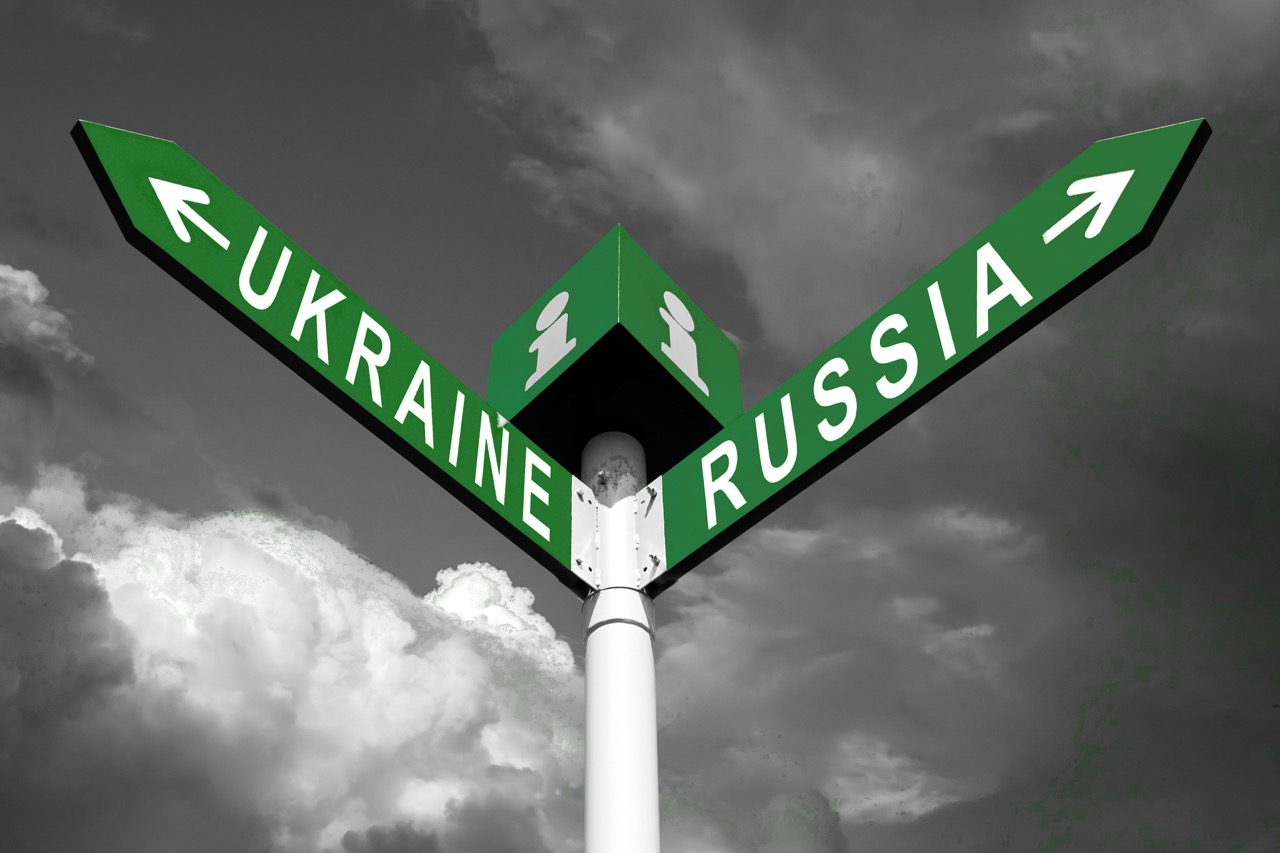
At the end of the 20th century, Russia’s community of Tolkien fans was excited by a provocative idea: What if their favourite writer had intentionally dehumanized Sauron in The Lord of the Rings and Silmarillion? Why didn’t Tolkien consider portraying the feelings, griefs, and goals of the residents of Mordor? That was how Dark Silmarillion came into being—an attempt to show the perspective of the Orcs and Sauron in Middle Earth.
Dark Silmarillion is what the official Russian propaganda writes these days. It sends messages that the interests of Donbas and Russia have never been properly addressed in European politics and that the reasons behind the invasion of Ukraine “are not that straightforward.” Russians even agreed to accept the alias “Orcs” as put forward by Ukrainian defenders. The Russians launched a Telegram channel called “Angry Orc” and seem to be fine with defining Ukrainians as “Elves” in its chats.
The “Orc–Elf” dichotomy is an example of how strategic narratives work. In an easily digestible manner they explain to ordinary Ukrainians and Russians why they have to fight, support their army, or at least write motivational posts on social media. These narratives penetrate people’s minds like great movies do: in the cinema, viewers distance themselves from real life, immerse themselves into a fictional atmosphere, and get inspired by the values and principles of their favourite characters. The bitter thing, however, is that the Russo-Ukrainian is not fictional.
Looking at the data from the first month of the invasion, Ukrainian and Russian strategic narratives had completely different structures and origins. Russia’s narratives were state-controlled, while Ukraine’s were decentralized. The Ukrainian narratives reflected Tolkien’s dichotomy, where absolute good had to fight for survival against absolute evil. On the other hand, the Russian narratives spoke about their sacred mission or even a crusade to restore justice. As the invasion continued, the strategic narratives of both of the warring sides became more radicalized.
As for today, neither Ukrainian nor Russian strategic narratives are supporting any claim for mutual understanding and compromise. This renders a peace agreement almost impossible; instead, it mobilizes people to continue fighting. In this light, the war will likely end only when one of the parties inflicts intolerable damage on the other.
Why do strategic narratives matter?
The Taliban’s offensive in Afghanistan in 2021 was so successful because this movement had a strong strategic narrative, much stronger than that of the government. This offensive by the Taliban is one of the most eloquent recent examples of how a big war can be won fast without over-relying on hard power. It also epitomizes the effectiveness of steering public opinion in order to aid the achievement of desirable objectives.
A wartime strategic narrative is nothing but a story that explains why a given war is important, why people have to participate in it, and what will happen if one of the sides wins or loses.
Such a story draws from and weaves in propaganda, folklore, artistic works, media and political speeches, and social media. Similarly to the weapons on a conventional battlefield, strategic narratives can be offensive and defensive. In the first case, the narratives target the enemy army and civilians through spreading messages about why they should lay down their arms or even support the adversary. In the second case, the narratives intend to increase motivation and esteem of their own army and citizenry through promoting unity and confidence in what they are doing.
Strategic narratives are a part of the information warfare that is waged by social media users (comparable to the infantry on a battlefield), traditional media and opinion makers (comparable to artillery), communication analysts (comparable to intelligence services), and other groups (military units). Strategic narratives emerge when information warfare teams collect relevant war facts, statements, messages, and heroic names to compose a story and deliver it to both their own and the enemy’s audiences.
In the literature, the concept of a strategic narrative is thoroughly elaborated in, for example, the US military’s Joint Doctrine Note 2-13—the Commander’s Communication Synchronization.
What makes a good strategic narrative?
Even with a variety of perceptions and approaches, a strategic narrative generally follows a distinct structure. To specify and explain this structure, I refer to the findings of Karina Korostelina, who explores the concept of national narratives, and present my own matrix for strategic narrative analysis. A good strategic narrative includes:
- Disposition—description of who “we” are and who are our enemy, our allies, and “others.” Disposition creates the conceptual boundaries between friends, foes, allies, and rest of the world.
- Normative order—logical explanation of the motivations and objectives behind the war for either side.
- Myths—symbolic explanation of beliefs about the war, providing the foundation for interpreting both real and imaginary war events, reasons for each side’s participation in it, and expected outcomes.
- Calls for action—explanation of how and why people should get involved, specifying what “we” should do and what “the enemy” should do in certain circumstances.
In addition, a good strategic narrative has to be persuasive, transparent, and consistent, as otherwise people will remain unconvinced of its “truthfulness.” Also, it has to be clear for different audiences, as too complex a narrative has no chance to be perceived and processed by different social groups.
In this article I will provide an overview of the disposition, normative order, and calls for action in Ukraine’s and Russia’s strategic narratives in the first month of the invasion. The element of myths not be included, as that collected data is still being processed.
Ukrainian narrative: The story of the war with Mordor
The Ukrainian strategic narrative is very specific—one might say that it’s quite unique. Namely, it is predominantly being created and spread by the Ukrainian people themselves in a horizontal plane of communication, not by the authorities in the vertical plane. The concept of affective public by Zizi Papacharissi can explain this phenomenon: in extraordinary situations like wars, revolutions, and social upheavals all users of social media become emotionally united and start communicating as one structure. They create an interconnected system of fact checking, framing, and storytelling. The people of Ukraine do not just post about others’ actions, they act themselves and post about their experiences. Such “affective public” behaviour is indeed typical for the civically aware and active Ukrainian public.
During this war, Ukrainians are telling their own stories—to other Ukrainians and to the world. They are sharing their experiences in devoted service to their country as soldiers, territorial defenders, volunteers, witnesses, or victims of atrocities. In time, these stories become the core of the nation’s strategic narrative.
That said, the influence of Ukrainian authorities on the framing of messages about the war should not be ignored, either. During the period after the liberation of the northern part of Ukraine, the authorities established a sort of monopoly on information about the military operations. On the other hand, during the first month the impact of Kyiv on the formation of strategic narratives was secondary. Namely, Ukrainians enjoyed the victorious stories concerning local clashes much more than the warnings by the authorities to prepare for a renewed Russian offensive (which seemed plausible).
The Ukrainian people told each other (and the world) the story of Russian aggression, which was driven by Moscow’s ancient hatred of all Ukrainians and and by its baseless imperial dreams. In the Ukrainian story, the Russian people are equated to their leader, Vladimir Putin, because they were the ones killing and raping civilians in the occupied cities. Also, this story glorifies grassroots resistance and the dedication of Ukrainians who support their brave army. Truly, the Ukrainians had no other choice but to fight and win—the events in Bucha had shown that only physical elimination awaited Ukrainians in case of defeat. In turn, the Western states were portrayed as indecisive and sardanapalian associates, who disregarded the evolution of the Russian imperial threat and would likely become its next victims, if Ukraine falls.
Ukrainian calls to action for Ukrainians and their allies are honest and predictable: support the army, participate in the volunteering movement, and cancel the culture of the occupiers. Regarding calls to action for the Russians, they underwent a significant evolution. In the first days of the invasion, the most frequent phrases used by Ukrainians themselves were “leave us alone” and “stop the aggression.” But shortly after the liberation of Northern Ukraine—after witnessing the atrocities in Bucha—these calls were replaced by the ones of death for Putin and all his henchmen.
Russian narrative: the missionary story
The Russian strategic narrative originated and circulated in a different manner compared to the Ukrainian one. It was initiated by the highly centralized and state-controlled propaganda machine. This machine included national TV channels, factories of Internet trolls, and thousands of opinion leaders (influencers). Additionally, they were strengthened by the myth of the unrivalled power of the Russian state as well as by a brainwashing propaganda technique developed in times of the KGB.
Despite total control, the Russian strategic narrative was inconsistent. In the first days of the invasion, it promoted two mutually exclusive versions of the origins of the war. The first version was that Ukrainian Nazi extremists, motivated by aggressive ideology, dragged Western states into the war notwithstanding the latter wanting to peacefully buy Russian gas and oil. The second version was that the Western leaders pursued their expansionist interests and tore apart Ukrainians and Russians, a presumably one nation. With the flow of time and growing support of NATO members toward Ukraine, only the second narrative became dominant.
The Russian narrative did not clearly specify the goals of the Russian army. On the one hand, there was Putin’s speech, where he announced the necessity to conduct a historical mission and restore justice. On the other hand, Putin’s mission and justice were so unclear that even professional propagandists tried to avoid referring to them in their messages. This said, the propagandists also put forward mutually exclusive goals. They simultaneously wanted to prevent the Third World War and defeat NATO in Ukraine, thus destroying the alliance.
But the most interesting thing about the Russian narrative was that it had almost no calls to action. With respect to the Ukrainians, Russians just looked down at them and expected to accept their fate—“it’s your duty, my beauty,” as Putin derogatorily stated about the subjugation of Ukraine shortly before the invasion. With respect to the Western states, Russians expected them to lift sanctions, cancel military support to Ukraine, and pay for energy resources in rubles. In other words, Russians did not believe in the resolve of the West and waited for it to give up in the nearest future.
Russians did not, moreover, send any messages to their adversaries. They were not wanting to convince them to accept Russia’s position. Instead, the Russian narrative blatantly posited that everybody would be scared of their nation’s military might and surrender unconditionally. As for the Russian-speakers in Ukraine, they were expected to wait patiently for “liberation,” with no clarity to be certain of what would follow after that “liberation.”
No chance for compromise
Ultimately, the existing Ukrainian and Russian narratives leave no room to build mutual understanding. They put forward no common goals or values. In Tolkien’s Lord of the Rings a similar stalemate occurs when Sauron’s emissary meets Gandalf in front of the gates of Mordor. Both want victory on their terms, and therefore no peace agreement could be negotiated between them.
For their part, Ukrainians cannot agree to the Kremlin’s demands because they do not trust the Russians and know too well what atrocities have happened under their occupation. Ukrainians will fight till the end with what they have. If this will not be enough to stop Russia, the majority of Ukrainians will abandon their homes and escape rather than live under occupation. Those fleeing from northern Ukraine in spring 2022 provide a good example here. In turn, authorities in Kyiv are aware that even if they make concessions to the Kremlin for the sake of peace, the people will likely continue to fight.
Russians have no desire to seek compromise, either. Even the people who notice inconsistency in their strategic narratives are too emotionally attached to the idea of the Russkii mir (Russian world) to oppose it. This attachment makes them believe that Ukrainians are Nazis who enjoy shelling peaceful Donbas cities. They feel resentment that Ukraine, their alleged “little brother,” does not recognize the caring superiority of Russia, the “elder brother.” These and other beliefs mean that Russians will not agree to stop the war before the total control of the Kremlin is established over Ukraine.
Under such circumstances, it is only the complete destruction of one side by the other, or a major war-related catastrophe that can stop the fight. If a compromise gets somehow negotiated and enforced, people from both states will cherish a desire for revenge, as happened with the Germans after the First World War.
In Russia, regime change or devastating internal problems may also provide an impetus for Ukraine to stop the war and make concessions. Otherwise, it will take years to promote the narrative of Ukraine’s full sovereignty in the Russian information space, especially when needing to counterbalance the Kremlin’s powerful and unwieldy propaganda machine.


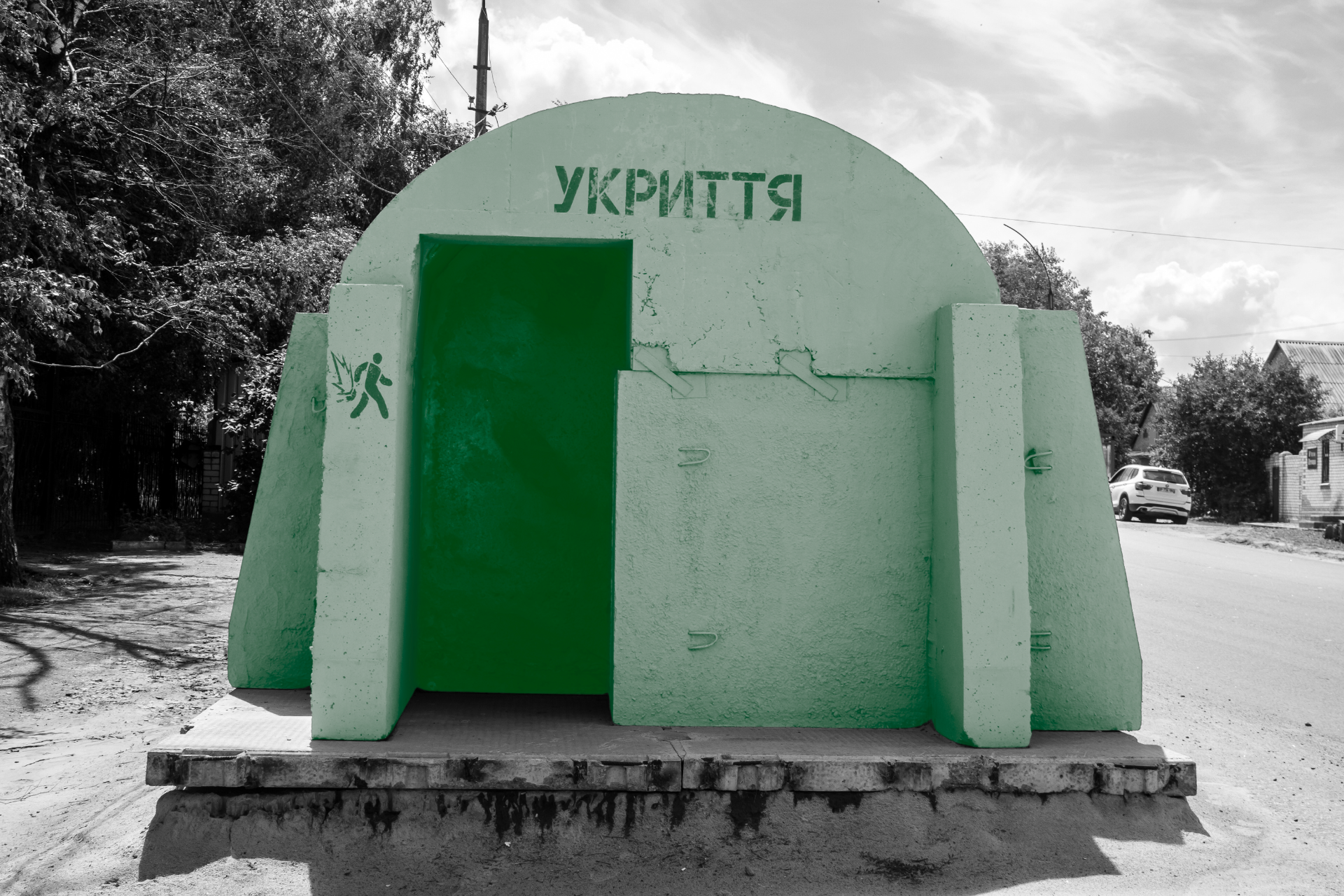
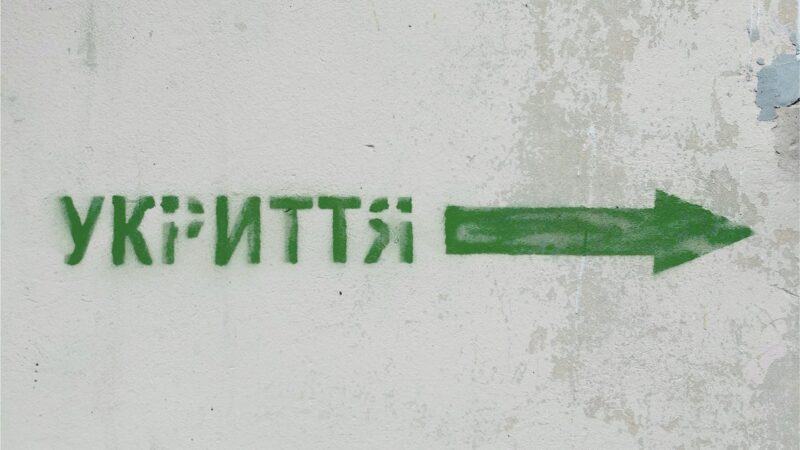
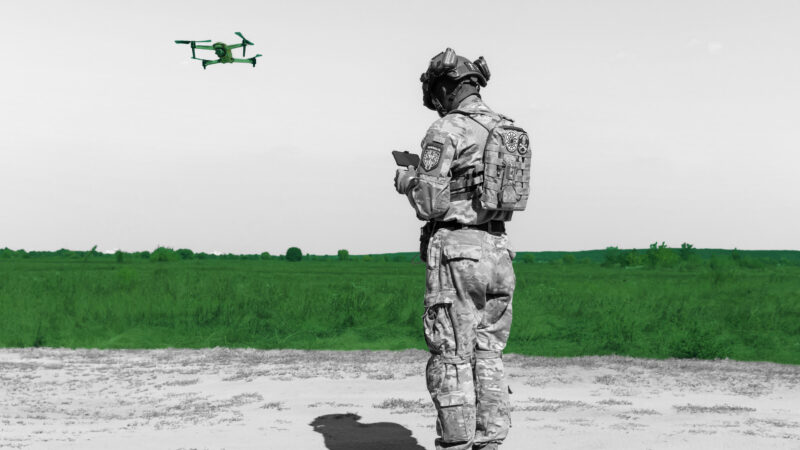
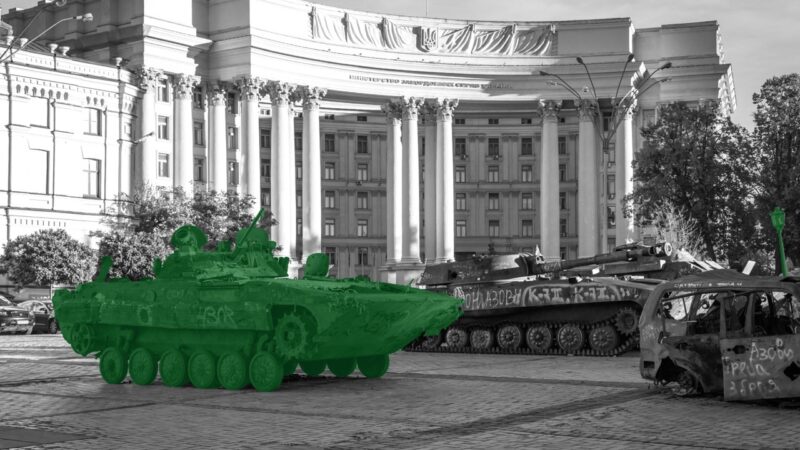
Its difficult to understand how social behaviors are relevant when genocide is being inflicted upon the Ukrainians by the Russians (again). What and how either sides thinks or speaks has nothing to do with what must be done. What must be done by the Ukrainians is either die or survive. Right now, they are doing a remarkable job at surviving. Russian losses are 5 to 1 and Russian equipment losses are even greater. Projecting forward, as long as the UK and the US live up to their assurances of the Budapest Agreement, and as long as other countries continue to help Ukraine fight Europes fight, Ukraine will prevail and Russia will probably implode (again).